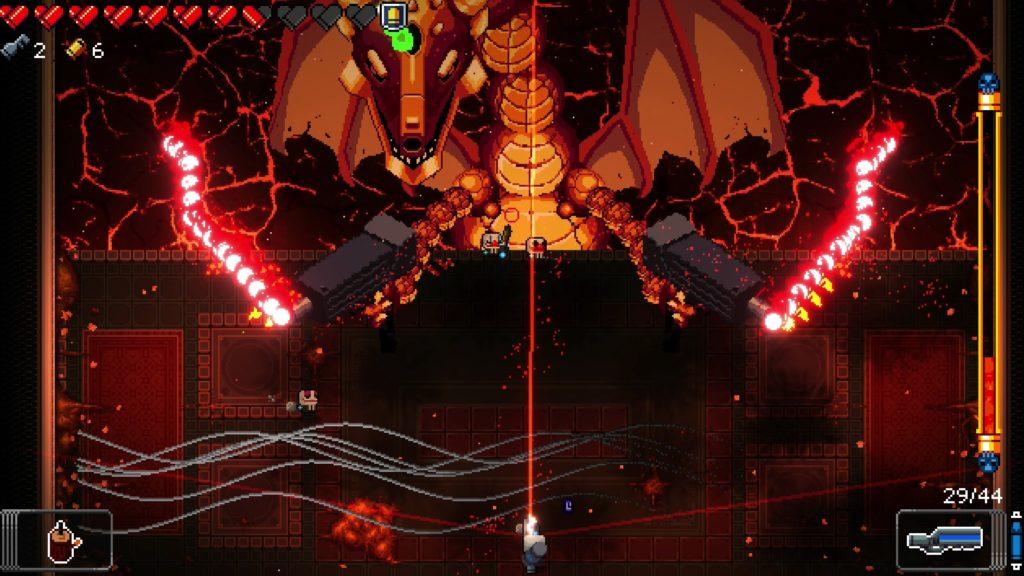

In my sketchnote, I made separate sticky notes for different parts of the information I wanted to retain. Yellow sticky notes with lines contained definitions of main concepts. I also constructed a coordinate plane to better visualize the relationship between complexity and predictability in system games. I organized color-coordinated sticky notes to categorize the four main components of systems, and accompanied it with a checklist to facilitate future game development.
Additionally, I jotted down relevant information from the reading regarding economies, markets, emergent systems, information structures, and feedback mechanisms. I find feedback as particularly aligned with the outcome component of the MDAO framework. Feedback serves a dual function: it informs players’ subsequent actions during gameplay, providing the information necessary for strategic decision-making, while simultaneously offering designers critical data regarding whether their game successfully produces the intended learning objectives. This flow of information represents a fundamental element of game design, connecting player experience with designer intention and enabling iterative refinement based on observed outcomes.
A Dark Room by doubplespeak games
- Target audience: People who like resource games and interactive fiction games. I quite liked this and got sucked in. Still have it running as I type this out. It’s simple, yet very effective, because I get rewarded with more game mechanics each time I make an action.
- Making a systems game as an interactive fiction means you get to deal directly with the main content of the game. The game made good use of spacing, so that players know which villagers are assigned to what tasks. It’s bare bones, so it runs more efficiently. There’s likely more systems you can manage with this game on less power than most other games.
- What I liked most about this game is that I saw feedback right away. Every time I click on an action, I get a description, or see a number change, or find a new element that I can build my village with. The system is emergent. It becomes more complex over time.
- I like that this game does a good job balancing waiting in terms of time and pairing every interaction with a reaction from the overall game system. I also like that there are ‘random’ events that occur every little while in the game so that it doesn’t get too mundane. Since I’m not exactly strong in graphic design, I wonder if there’s some way to build a pared down IF system game like this for P3.

- Answer: What values are present in this game? What loops/arcs existed in this game? How did the loops/arcs manifest gameplay-wise? To what extent did these games represent/embody a formal system, if able?
- I feel like the game really prioritized resource management. I was always stuck in a loop of gathering wood and checking traps. Those two actions resulted in the bulk of the resources you needed to progress in the game. Overall, the game would have you gather resources, distribute resources (among buildings or assign people to jobs), in order to gain more resources, etc.
Shapes by tobspr games
- Target audience: This game seems to be made for people who really like machine systems. There’s lots of little add ons you can bring in as you build up your factory of producing shapes.
- It’s a browser based visual click game. The way the visuals accurately depict the system is really helpful in understanding how direction and waste effect the assembly lines.
- The core gameloop consists of a few smaller arcs. Extract shape with conveyor belts, cut it into smaller pieces, feed it to the center in such a way that you meet requirements, then ‘level up’ by getting a machine upgrade.
- I find I get frustrated easily with these games. I can handle text resources just fine, but trying to remember how I need to turn each machine manually to get it to face the right direction irked me, and prevented me from going far in the game. I didn’t feel sufficiently incentivized to optimize the assembly line either. I could see someone who really enjoys puzzles having a field day over this game.

- Answer: What values are present in this game? What loops/arcs existed in this game? How did the loops/arcs manifest gameplay-wise? To what extent did these games represent/embody a formal system, if able?
- This game was much more clearly a system, in a very colloquial sense of the word. It’s a factory building simulator. You really can’t get much more system than that.



